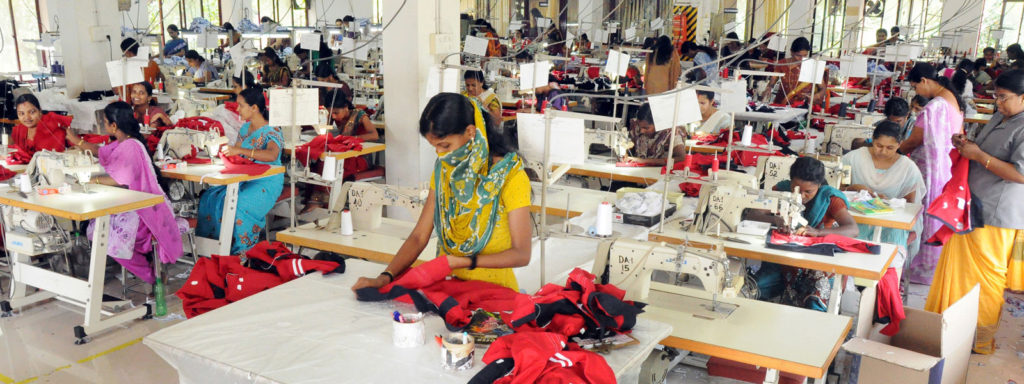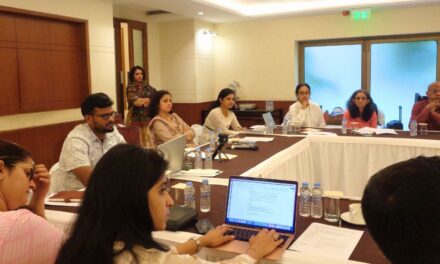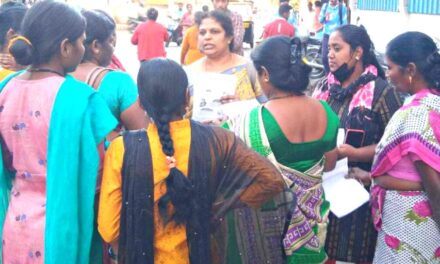Kaveri MT & Deepak Nikarthil
A desk job could give you back pain and eye strain. For thousands of women workers in the garments and footwear industry, the health risks are more serious as they are glued to their stations to meet deadlines, sometimes forgoing food and toilet breaks. Many of them end up with complications arising from poor nutrition, and musculoskeletal, sexual, and reproductive health issues, according to the latest research.
Recently, a clutch of civil society organisations came together to address the gender gap in addressing Occupational Safety and Health (OSH) issues on the sidelines of the OECD Forum on Due Diligence in the Garment and Footwear Sector. In 2022, the ILO adopted OSH as a fundamental principle and right at work. Though most workers in the garments and footwear industry are women, they continue to face occupational health vulnerabilities including gender-based violence in the workspace.
At the ‘A gender-sensitive lens on OSH: Why is it needed in the garment and footwear industry?’, discussion conducted by the Trade Union Rights Center (TURC) of Indonesia, Cividep and Femnet e.V. and SÜDWIND-Institut from Germany on February 14th, panelists spoke about the need for industries to adopt gender-sensitive OSH approaches to health and not just focus on occupational safety. They also presented research findings on health and human rights risks (including discrimination and unjust working conditions) in Bengaluru, India, and Banten and West Java Province, Indonesia.
Indonesian researchers spoke about the adverse health impacts of newer processes that focus on speed, unlike the traditional, slower system in garment factories. They also talked about the homeworkers and their poor health conditions. Cividep researchers presented their findings about the health vulnerabilities of garment workers and their access to healthcare facilities with special emphasis on sexual and reproductive health.
The panelists talked about the need for an approach that strives to overcome patriarchal patterns in existing OSH structures. They also talked about what brands can do to improve workers’ health, the need to build the capacity of line managers and provide basic necessities like sanitary napkins and nutritious food to workers. Some also mooted health awareness training and camps and menstrual leave for workers.
Watch the discussion below.





